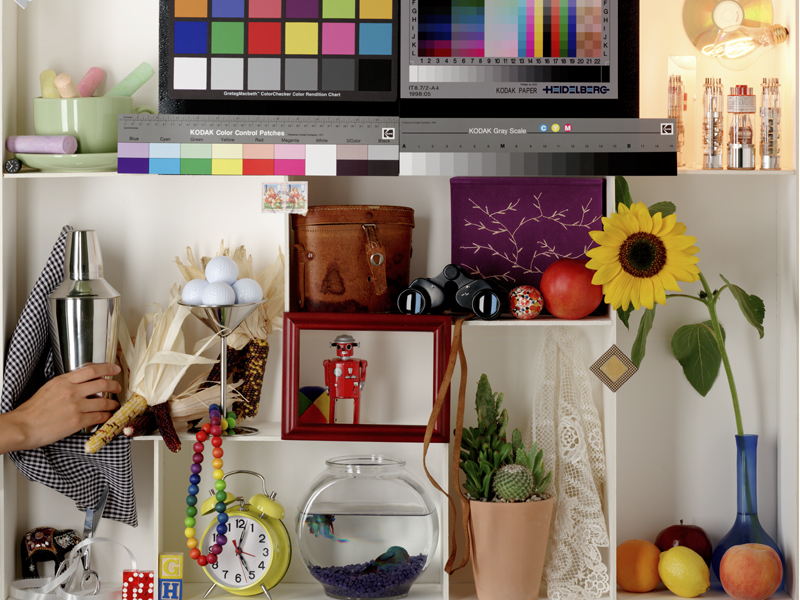 Summary |
|
Digital Basics
You must have got here because you weren’t convinced by what I said about dpi and compression on the Digital Basics page and I know why. You’ve seen so much rubbish on the subject that you don’t know who to believe any more.Special "dpi and compression" I’m not going to go into long explanations – they’re all on the page you came from. Instead, I’m going to show you some extracts from the image I used before. This was originally a high-resolution TIFF file (3225 x 5055 px, 46.6 MB) but, because of the dimensions and the file size, I’ve selected just part of it and reduced it to 800 x 600 px so that it will fit comfortably on your screen whatever resolution you’re using. The first series of pictures relates to the dpi issue. The extract was saved in jpg format using the ‘Save for Web’ command, at maximum quality (100%) with dpi settings of 10, 72, 300 and 1000. The file size is exactly the same in each case, namely 394.819 k. Can you see a difference? Sure? Have you looked carefully? Don’t write in telling me that the first file produces a print 2 m across but it’s unviewable and hopelessly pixelated , whereas the last produces a perfect print but it’s only 2 cm across. If you did that, I’d be obliged to point out that you hadn’t read the page you came from and that dots per inch are irrelevant when displaying the picture but crucial to printing. The second series demonstrates the effects of compression. The same extract has been saved (also using ‘Save for Web’) in jpg at quality settings of 80%, 60% and 40%. The file sizes are reduced from 394.819 k at 100% to 194.754 (at 80%), 118.520 at 60% and 74.209 at 40%.
Now have a look at the photos and judge for yourself… who’s right about dpi and jpg compression?
Is the dpi setting relevant to display quality? |
 10 dpi - jpg quality 100%  72 dpi - jpg quality 100%  300 dpi - jpg quality 100%  1000 dpi - jpg quality 100% Now that we’ve dealt with the question of dpi and display quality, let’s move on to something a bit more serious – the effects of compression. The effects of compression You have just seen four image extracts saved in jpg format at the maximum quality setting (100%), the size of each file being 394.819 k; the images are obviously compressed because in non-compressed TIFF format the size is 1,452.8 k (about 1.2 MB but let’s not quibble!). Now here’s the same extract (also saved using ‘Save for Web’) at jpg quality settings of 80%, 60% and 40%. Judge the results for yourself.  Quality 80% - file size 194.754 k  Quality 60% - file size 118.520 k  Quality 40% - file size 74.209 k The Heart of the Matter The dimensions of these images are 800 x 600 px – a classic, reasonable display size – but the effects of compression are barely visible. This shows that images presented on the screen can be subjected to very high levels of compression and that there’s no point in using higher quality settings if this is all you intend to do with them. It’s up to you to define your needs and find a good compromise between quality and file size. I’ve made two extreme enlargements of a small section (near the centre – I think you’ll find it easily) of each of the above 100%, 80%, 60% and 40% jpg images. The method used was simple: two successive blow-ups at 300 x 300 px saved in bmp format to avoid compression and a further degradation; each image weights 270.056 k. Here are the results...   For the purposes of comparison, the two enlargements above were made direct from the original TIFF file.   Original file: jpg at a quality setting of 100   Original file: jpg at a quality setting of 80   Original file: jpg at a quality setting of 60   Original file: jpg at a quality setting of 40 If you still have any lingering doubts, remember that you only have to click on an image to see its properties, and in particular its file size. If you like, you can save the images to your hard disk and dissect them at you leisure :)
English translation : John Loydall
|